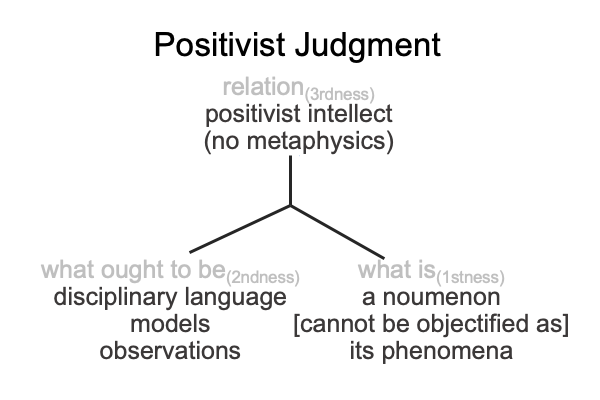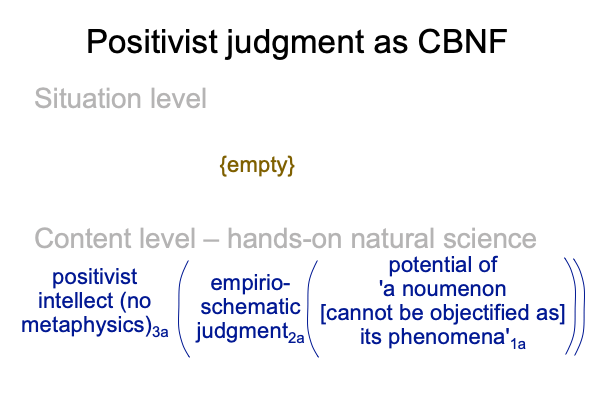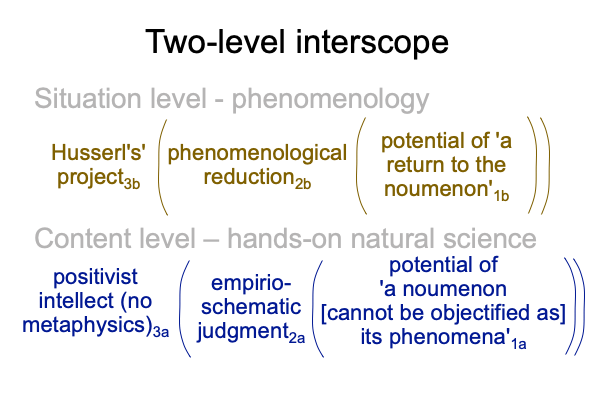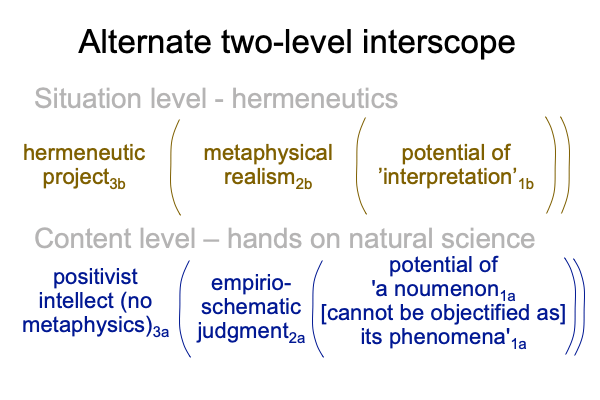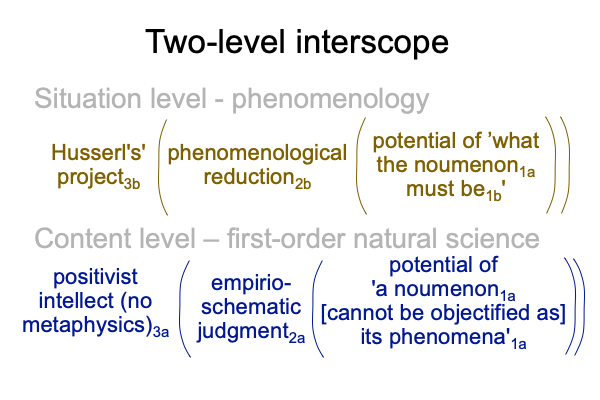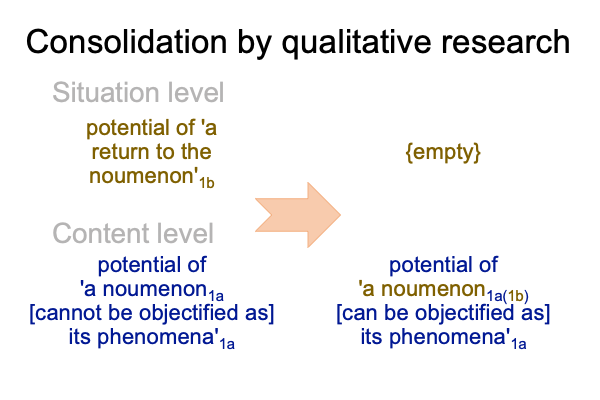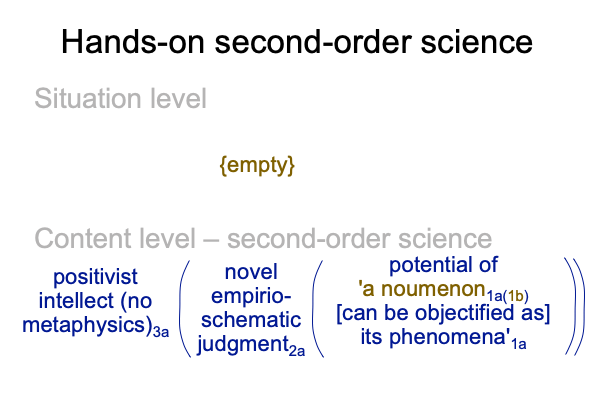Looking at John Perez Vargas, Johan Nieto Bravo and Juan Santamaria Rodriguez’s Essay (2020) “Hermeneutics and Phenomenology in… Social Sciences Research” (Part 1 of 18)
0001 Three faculty at the Universidad Santo Tomas, Columbia, publish an article with the title, “Hermeneutics and Phenomenology in Human and Social Sciences Research”, in the journal, Civilizar: Cienceas Sociales y Humanas(volume 20(38), 2020, 137 to 146, DOI: https//doi.org/10.22518/jour.ccsh./2020.1a10). I thank the authors for presenting in English.
0002 In this series of blogs, the above article serves as a testing ground for four commentaries on phenomenology, contemporary Thomism and science. The commentaries, available at smashwords and other electronic e-book vendors, follow.
Reverie on Mark Spencer’s Essay (2021) “The Many Phenomenological Reductions”
Comments on Joseph Trabbic’s Essay (2021) “Jean-Luc Marion and … First Philosophy”
Comments on Richard Colledge’s Essay (2021) “Thomism and Contemporary Phenomenology”
Comments on Jack Reynolds’ Book (2018) “Phenomenology, Naturalism and Science”
0003 Testing ground?
These commentaries contain particular category-based nested forms, interscopes and judgments, constructed from (or in reverie to) the essay and book under consideration. These synthetic structures are abductions, constructed on Peircean frames.
So, what to do with a guess?
Test it.

